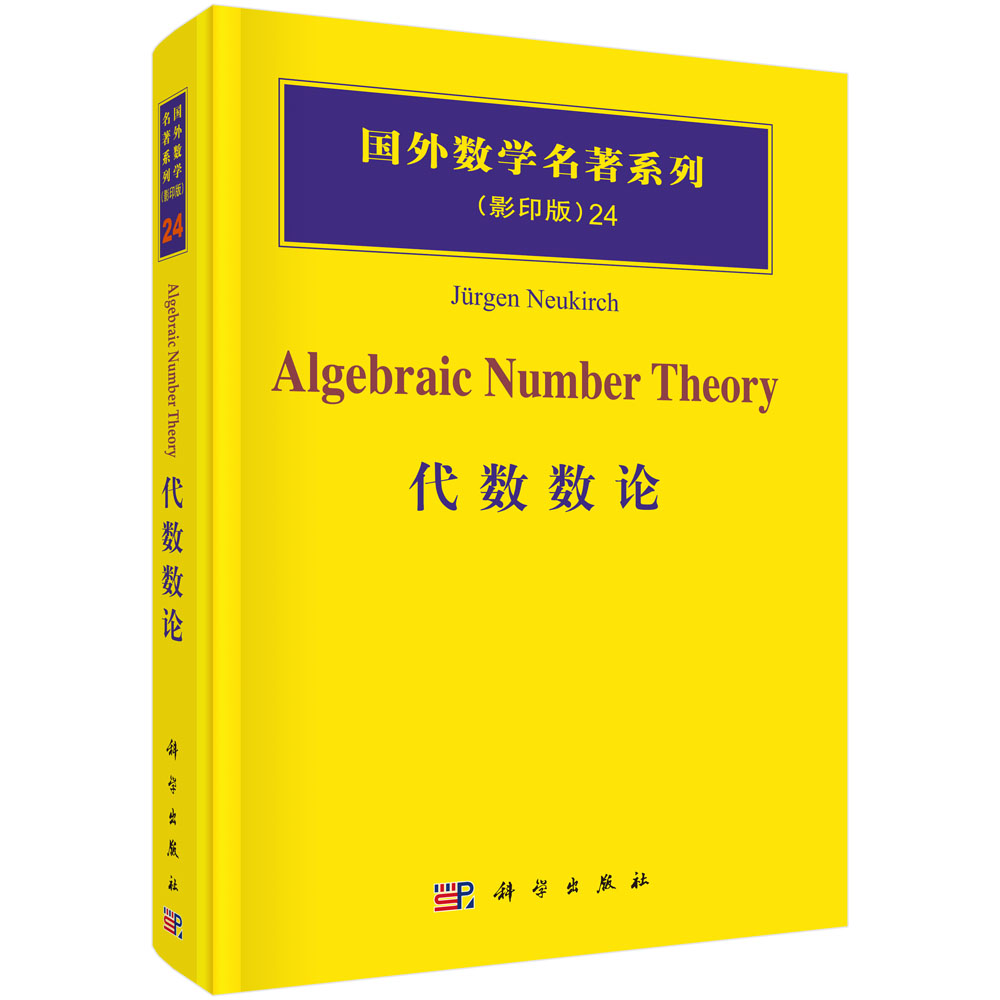目录
- Contents
Preface ix
Chapter 1 Introduction 1
1.1 Basic symbols 1
1.2 Basic problems in NLA 2
1.3 Why shall we study numerical methods? 3
1.4 Matrix factorizations(decompositions) 4
1.5 Perturbation and error analysis 5
1.6 Operation cost and convergence rate 6
Exercises 6
Chapter 2 Direct Methods for Linear Systems 9
2.1 Triangular linear systems and LU factorization 9
2.2 LU factorization with pivoting 15
2.3 Cholesky factorization 19
Exercises 21
Chapter 3 Perturbation and Error Analysis 23
3.1 Vector and matrix norms 23
3.2 Perturbation analysis for linear systems 31
3.3 Error analysis on floating point arithmetic 35
3.4 Error analysis on partial pivoting 39
Exercises 45
Chapter 4 Least Squares Problems 47
4.1 Least squares problems 47
4.2 Orthogonal transformations 52
4.3 QR decomposition 55
Exercises 59
Chapter 5 Classical Iterative Methods 63
5.1 Jacobi and Gauss-Seidel method 63
5.2 Convergence analysis 65
5.3 Convergence rate 71
5.4 SOR method 73
Exercises 78
Chapter 6 Krylov Subspace Methods 81
6.1 Steepest descent method 81
6.2 Conjugate gradient method 85
6.3 Practical CG method and convergence analysis 90
6.4 Preconditioning 95
6.5 GMRES method 99
Exercises 107
Chapter 7 Nonsymmetric Eigenvalue Problems 109
7.1 Basic properties 109
7.2 Power method 111
7.3 Inverse power method 114
7.4 QR method 116
7.5 Real version of QR algorithm 118
Exercises 126
Chapter 8 Symmetric Eigenvalue Problems 129
8.1 Basic spectral properties 129
8.2 Symmetric QR method 132
8.3 Jacobi method 137
8.4 Bisection method 142
8.5 Divide-and-conquer method 144
Exercises 151
Chapter 9 Applications 153
9.1 Introduction 153
9.2 Background of BVMs 154
9.3 Strang-type preconditioner for ODEs 158
9.4 Strang-type preconditioner for DDEs 164
9.5 Strang-type preconditioner for NDDEs 170
9.6 Strang-type preconditioner for SPDDEs 175
Bibliography 181
Index 185









